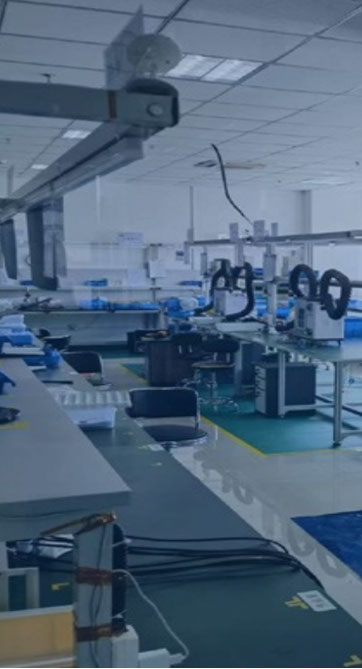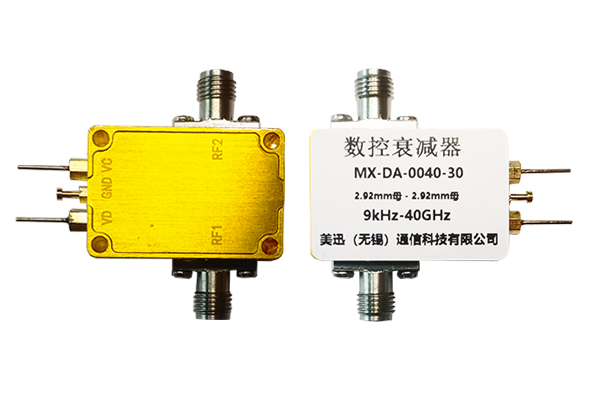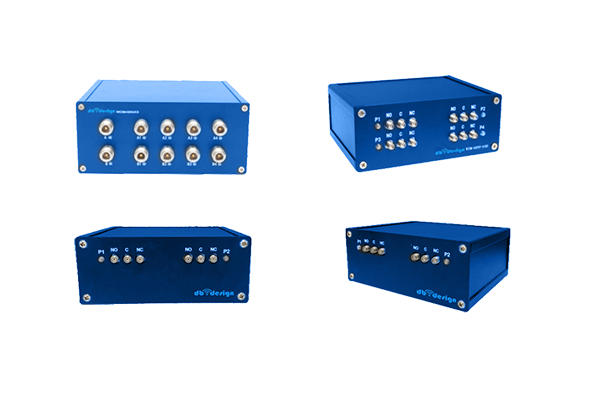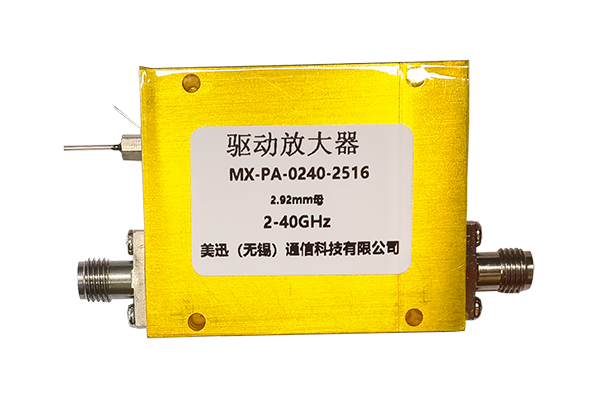
Pin diodes have become a crucial element in high-frequency systems because of their innate electrical traits Their high-speed switching performance and low capacitance along with negligible insertion loss position them well for switch modulator and attenuator implementations. The underlying principle of PIN diode switching involves controlling charge flow through the junction by biasing the device. Voltage bias impacts the depletion layer width across the junction and consequently the conduction. By varying the bias level PIN diodes can be reliably switched to operate at high frequencies with low distortion
PIN diodes find placement inside complex circuit frameworks when precise timing and control is required They are implemented in RF filtering schemes to enable selective frequency band passage or blockage. Their robust power handling means they can be used in amplifier power distribution and signal generation roles. Miniaturization and improved efficiency of PIN diodes have extended their usefulness across wireless systems and radar platforms
Performance Considerations for Coaxial Switch Engineering
Creating coaxial switches is a challenging task that demands consideration of a variety of technical parameters The performance is governed by the choice of switch type frequency operation and insertion loss properties. A good coaxial switch design aims to minimize insertion loss and maximize isolation across ports
Evaluation focuses on quantifying return loss insertion loss and interport isolation as major metrics. Measurements rely on simulation, theoretical models and experimental test setups. Thorough analysis is critical for confirming reliable coaxial switch performance
- Simulation tools analytical methods and experimental techniques are frequently used to study coaxial switch behavior
- Switch performance may be significantly affected by thermal conditions impedance mismatches and production tolerances
- Emerging developments and novel techniques in switch design concentrate on boosting performance while minimizing footprint and energy use
Low Noise Amplifier Optimization Methods
Refining the LNA for better performance efficiency and gain underpins superior signal fidelity in systems The process needs precise choice of transistors bias points and topology design. A strong LNA design reduces noise contribution and boosts signal amplification with minimal distortion. Analytical and simulation tools are vital for studying how design variations affect noise. Striving for a minimal Noise Figure assesses success in retaining signal power while limiting noise contribution
- Choosing transistors with inherently low noise characteristics is critically important
- Establishing proper bias conditions with optimal settings minimizes noise within transistors
- Circuit topology choices are decisive for the resulting noise performance
Approaches such as matching networks noise suppression and feedback loops help improve LNA behavior
Signal Switching Using Pin Diodes

Pin diode switch implementations yield flexible efficient routing of RF signals in diverse applications They can be switched very fast to allow flexible dynamic routing of RF signals. PIN diodes’ low insertion loss and good isolation preserve signal quality through switching events. They are applied in antenna selection circuits duplexers and phased array antenna systems
Voltage control varies the device resistance and thus controls whether the path is conductive. While in the off state the diode creates a high impedance path that blocks the signal flow. Applying a forward control voltage lowers the diode’s resistance enabling signal transmission
- Additionally PIN diode switches present fast switching low energy use and compact dimensions
Various PIN diode network configurations and architectural designs can achieve advanced signal routing functions. Strategic interconnection of many switches yields configurable switching matrices for versatile path routing
Coaxial Microwave Switch Testing and Evaluation

Evaluation and testing of coaxial microwave switches is vital for verifying correct operation in electronic networks. Diverse factors including insertion reflection transmission loss isolation switching speed and frequency span impact performance. Complete evaluation comprises quantifying these parameters across different operating environmental and test conditions
- Additionally the assessment should examine reliability robustness durability and the ability to endure severe environmental conditions
- Ultimately the results of a well conducted evaluation provide critical valuable and essential data to guide selection design and optimization of switches for specific applications
Extensive Review on Minimizing Noise in LNA Designs
Low noise amplifier circuits are essential components in many wireless radio frequency and RF communication systems because they amplify weak signals while limiting added noise. This review gives a broad examination analysis and overview of methods to lower noise in LNAs. We examine explore and discuss primary noise origins such as thermal shot and flicker noise. We also review noise matching feedback implementations and biasing tactics aimed at reducing noise. The article highlights recent advances such as novel semiconductor materials and innovative circuit architectures that reduce noise figure. Providing comprehensive insight into noise management principles and approaches the article benefits researchers and engineers in RF system development
High Speed Switching Applications for PIN Diodes

They show unique remarkable and exceptional characteristics tailored for high speed switching uses Low capacitance and low resistance contribute to very fast switching enabling precise timing control in demanding applications. PIN diodes’ adaptive linear voltage response permits precise amplitude modulation and switching. Their adaptability flexibility and versatility qualifies them as suitable applicable and appropriate for broad high speed uses Typical domains include optical communication systems microwave circuitry and signal processing hardware and devices
Integrated Coaxial Switch and Circuit Switching Solutions
Integrated circuit coaxial switching technology brings enhanced capabilities for signal routing processing and handling within electronics systems circuits and devices. The ICs are designed to direct manage and control coaxial signal flow offering high frequency operation and reduced propagation insertion latency. Integrated circuit miniaturization creates compact efficient reliable and robust designs favorable for dense interfacing integration and connectivity use cases
- By meticulously carefully and rigorously adopting these practices designers can deliver LNAs with excellent noise performance supporting reliable sensitive systems Through careful meticulous and rigorous application of such methods engineers can design LNAs with top tier noise performance enabling dependable sensitive systems Through careful meticulous and rigorous implementation of these approaches engineers can achieve LNAs with exceptional noise performance supporting sensitive reliable systems By rigorously meticulously and carefully implementing these techniques practitioners can achieve LNAs pin diode switch with remarkable noise performance for sensitive reliable electronics
- Deployment areas span telecommunications data communications and wireless networking environments
- These technologies find application in aerospace defense and industrial automation fields
- These technologies appear in consumer electronics A V gear and test and measurement setups
Low Noise Amplifier Design for mmWave Systems

Millimeter wave LNA design must address elevated signal attenuation and stronger effects of intrinsic noise. Parasitic effects are dominant at mmWave thus careful layout techniques and component choices are crucial. Minimizing mismatch and maximizing gain remain critical essential and important for mmWave LNA performance. Choice of active devices such as HEMTs GaAs MESFETs or InP HBTs is crucial to reach low noise figures at mmWave. Moreover additionally moreover the design implementation and optimization of matching networks is vital to ensure efficient power transfer and impedance match. Paying attention to package parasitics is necessary since they can degrade LNA performance at mmWave. The use of low-loss lines and careful ground plane planning is essential necessary and important to limit reflections and sustain bandwidth
PIN Diode RF Characterization and Modeling Techniques
PIN diodes are vital components elements and parts used throughout numerous RF switching applications. Accurate precise and detailed characterization is critical for designing developing and optimizing reliable high performance circuits using PIN diodes. This process includes analyzing evaluating and examining the devices’ electrical voltage and current traits including resistance impedance and conductance. Additionally frequency response bandwidth tuning properties and switching speed latency or response time are assessed
Moreover furthermore additionally developing accurate models simulations and representations for PIN diodes is vital essential and crucial for predicting behavior in complex RF systems. Different numerous and various modeling strategies are available including lumped element distributed element and SPICE models. Selecting an appropriate model simulation or representation depends on the specific detailed application requirements and the desired required expected accuracy
Advanced Cutting Edge Sophisticated Techniques for Low Noise Quiet Minimal Noise Amplifier Design
Engineering LNAs demands careful topology and component decisions to achieve superior noise performance. Novel and emerging semiconductor progress supports innovative groundbreaking sophisticated approaches to design that reduce noise significantly.
Among several numerous numerous these techniques are employing utilizing implementing wideband matching networks incorporating low noise transistors with high intrinsic gain and optimizing biasing scheme strategy approach. Furthermore advanced packaging and thermal control strategies play an essential role in lowering external noise contributions. By rigorously meticulously and carefully implementing these techniques practitioners can achieve LNAs with remarkable noise performance for sensitive reliable electronics
